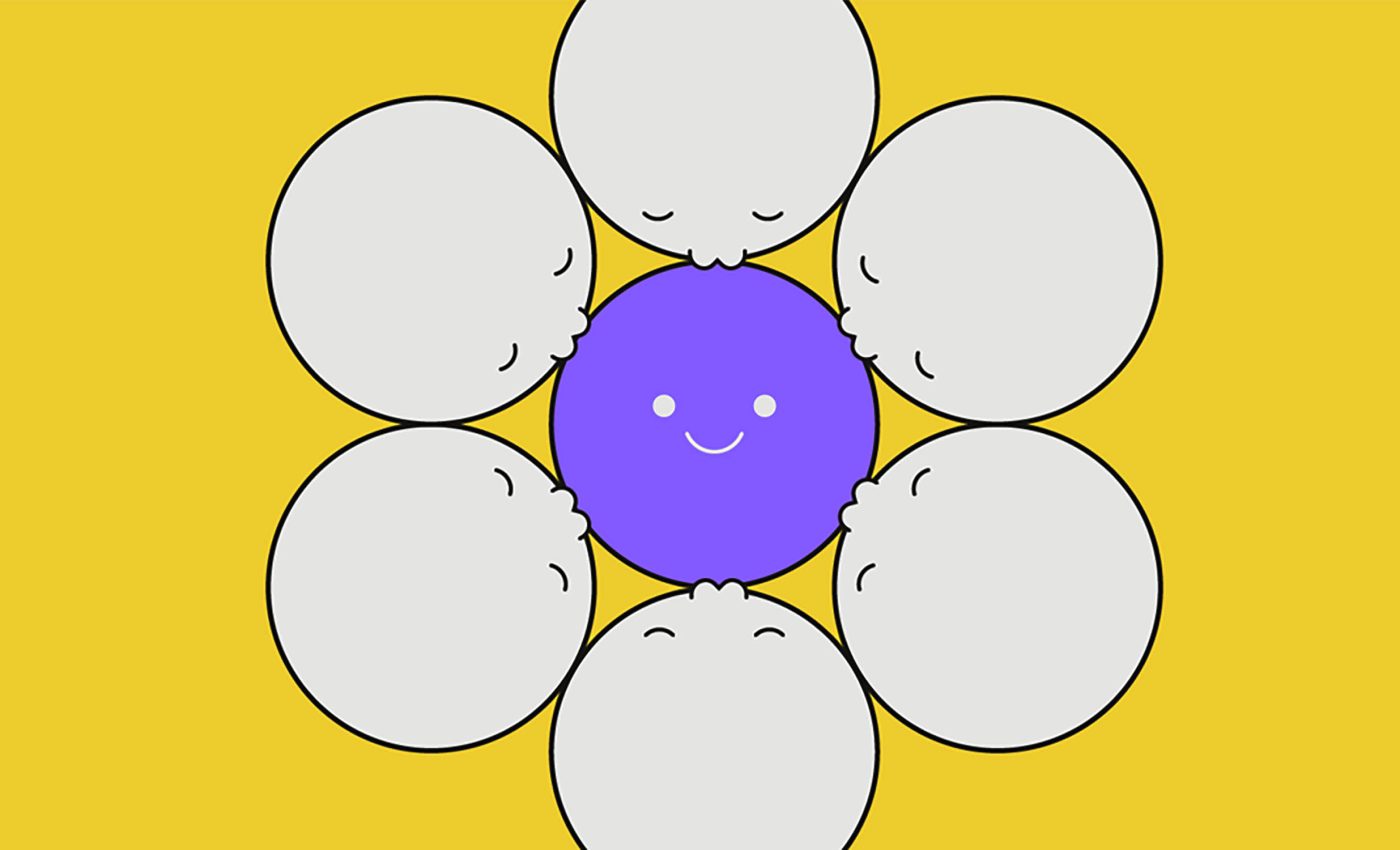
Human mathematician beats AI in the 'kissing numbers' challenge
Aalto mathematician Mikhail Ganzhinov has pushed the classic “kissing number,” meaning the maximum count of equal spheres touching one sphere, into new territory. The gains are small, yet decisive for researchers worldwide today.
He reports new best lower totals in 10, 11, and 14 dimensions, and he outpaced an artificial intelligence system in two of them. That frames the scale of this story.
How spheres can touch
A central ball can be touched by several same sized balls without overlaps. Mathematicians formalize that question in any number of dimensions, so the rules stay precise and checkable even when our intuition fades.
Only a few cases are fully known, including 4, 8, and 24, with proofs that leave no slack. Those benchmarks guide current searches and calibrate new proofs.
The 3D case, settled at 12 touches, took centuries and shaped methods still used in modern bounds. Those exact results and techniques frame why incremental progress in other dimensions matters in both theory and practice.
Lead researcher Mikhail Ganzhinov from Aalto University, drove the latest step for three mid range dimensions in careful constructions. His work updates targets that stood stubborn for years and clarifies where computation should look next.
Human beats AI at “kissing numbers”
In May 2025, DeepMind announced AlphaEvolve, an agent that writes and refines code to search tough spaces. They reported 593 in 11 dimensions, nudging the lower bound by one.
Ganzhinov’s peer-reviewed work raised the confirmed counts to at least 510 in ten dimensions, 592 in eleven, and 1,932 in fourteen. His results beat the AI in two of those cases and highlight the kind of pattern-based reasoning machines often miss.
“I reduced the problem size by looking only for arrangements with a high degree of symmetry,” said Ganzhinov. That phrasing summarized the work for a broad audience.
“Artificial intelligence can do amazing things, but it’s far from omnipotent,” said Patric Östergård from Aalto University. The comment captures the theme without claiming that algorithms have hit a hard wall or final limits in mathematics.
Symmetry in kissing numbers
Ganzhinov narrowed the search to highly symmetric layouts on the sphere, which trims a mind boggling space dramatically to a tractable core. That focus produced explicit point sets that raise the lower bound, a guaranteed minimum count supported by a construction, in the three target dimensions.
Under the hood sit objects called lattices, regular grids that organize points across dimensions, and families of code words that respect strict angles precisely. Those structures help ensure each contact point keeps the required separation without gaps or overlaps.
Records in high dimensions
Another team recently beat 1967 records in five nearby dimensions with careful revisions. They used a clean sign flip trick on known constructions to open new room.
Their paper gives new lower bounds in 17 through 21 dimensions, with gains of 384 to 2,048 touches. It also shows these new layouts are not just slices of the famous Leech lattice, a 24 dimensional pattern with remarkable symmetry.
That distinction signals more options remain open in this range and invites new tools beyond classic cross section arguments. The Leech and E8 lattices anchor two exact cases and set the tone for work that followed.
See this article or a rigorous treatment of optimality and uniqueness in those settings. The details are demanding, but the high level message is clear enough for our purposes.

Kissing numbers in technology
The same geometry feeds spherical codes, point sets on a sphere used to place distinct signals with a fixed angular gap.
That design principle shows up in digital modulation schemes and in error control strategies that prefer well separated signal points.
Related algorithms, including sphere decoding, shape how receivers pick out messages in GPS and multi antenna wireless systems amid noise. One accessible reference explains how sphere decoding tackles the core search efficiently.
Better bounds do not instantly change hardware, but they refine the maps engineers use when designing codes and checking limits.
They also stress test the belief that automated search will always outrun a careful human on abstract problems and design.
What remains unknown
Exact kissing numbers are known in few dimensions and proofs blend geometry, optimization, and group structure. Even in 11 dimensions, we know only a minimum and a ceiling, leaving a gap to close.
Upper bounds use analytic tools that convert geometry into inequalities, and lower bounds come from explicit configurations like those described here. Closing those gaps requires sharper inequalities or richer constructions that push counts upward.
Future possibilities
New code based ideas could push 11 well beyond 600, and symmetry guided searches may still hide room in 10 and 14.
The message is not that software stalls, but that a tight human strategy can still guide search more than brute force.
The sign flip strategy in higher dimensions suggests similar nudges might work at 22 or 23, where classic records still stand.
As methods improve, more structure may also spill over into coding theory and the practice of robust communication.
The study is published in Linear Algebra and its Applications.
—–
Like what you read? Subscribe to our newsletter for engaging articles, exclusive content, and the latest updates.
Check us out on EarthSnap, a free app brought to you by Eric Ralls and Earth.com.
—–













